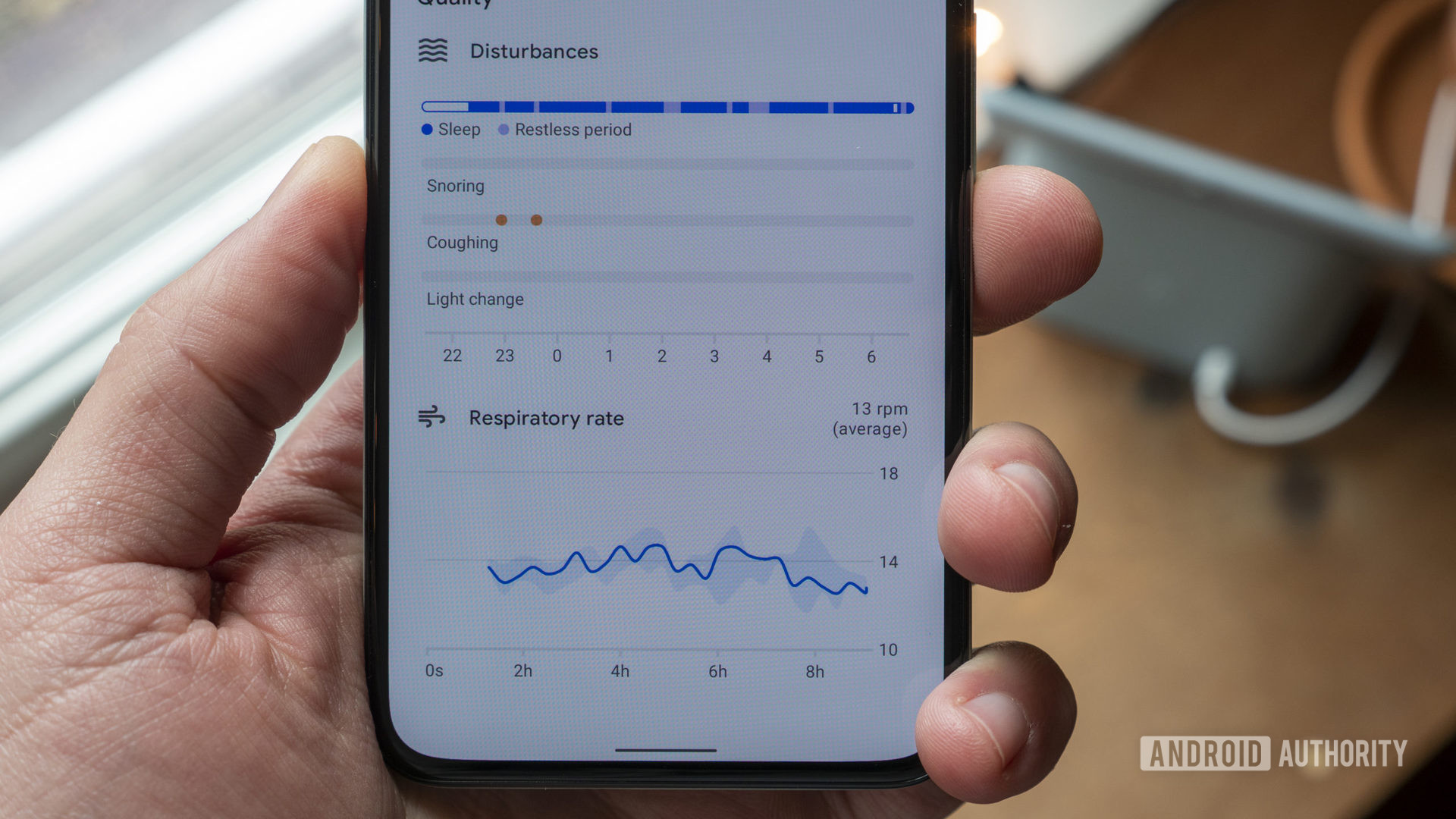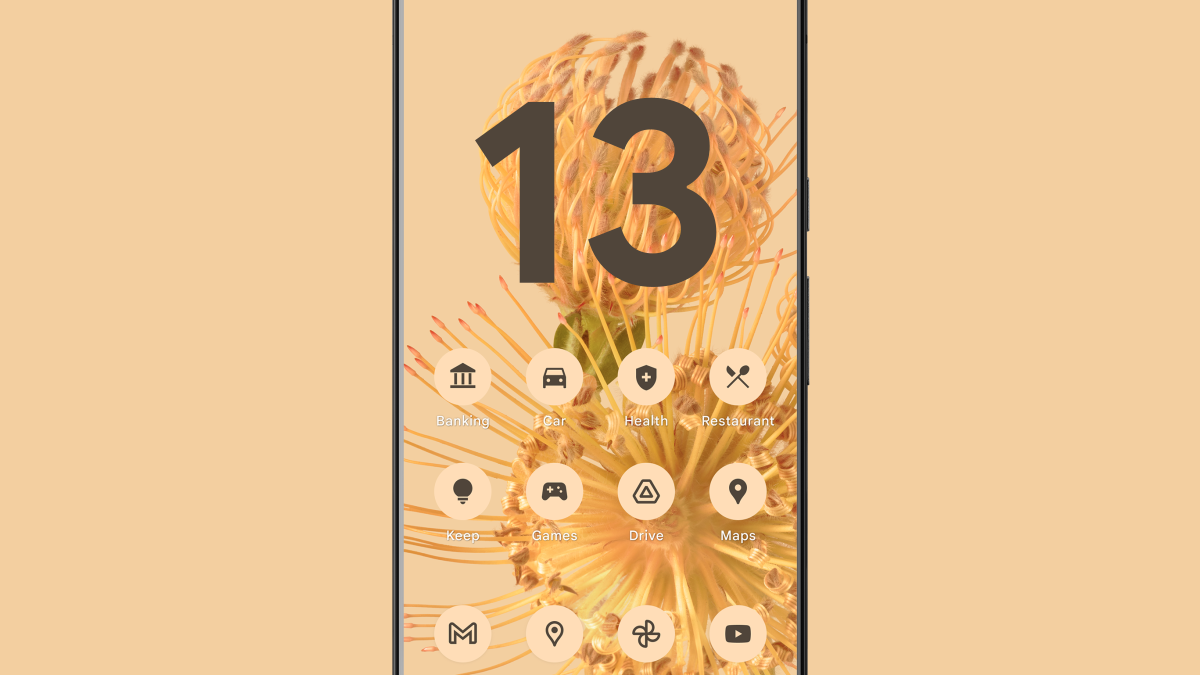![[Trick] Schedule automatic startup in Nokia Android phones](https://techgit.net/wp-content/themes/mts_sense/images/nothumb-ad-sense-traditional.png)
Tag: android
Android: A Comprehensive Guide for Beginners
Introduction
Android, developed by Google, is a widely popular mobile operating system that powers billions of devices worldwide. It’s known for its user-friendliness, versatility, and vast app ecosystem. If you’re new to Android, this extensive guide will provide you with a comprehensive understanding of its features, functionality, and how to navigate its interface effortlessly.
Key Features of Android
- User-Friendly Interface: Android’s intuitive design makes it easy to learn and navigate, even for first-time smartphone users.
- Customization: One of Android’s most significant strengths is its high level of customization. Users can personalize their devices with custom launchers, wallpapers, and even modify the operating system itself.
- Vast App Ecosystem: The Google Play Store offers an enormous selection of apps, games, and utilities, ensuring you can find almost anything you need.
- Open Source: Android is an open-source platform, which allows developers to create and distribute apps freely.
- Regular Updates: Google regularly releases Android updates to improve security, add new features, and fix bugs.
Navigating the Android Interface
- Home Screen: The home screen is the starting point of your Android device. It typically displays app icons, widgets, and shortcuts.
- App Drawer: The app drawer houses all your installed apps. To access it, swipe up from the bottom of the home screen.
- Notification Panel: The notification panel, accessible by swiping down from the top of the screen, shows notifications from apps and system updates.
- Quick Settings Panel: By swiping down from the top of the screen twice, you can access the Quick Settings panel, which provides shortcuts to frequently used settings.
- Navigation Bar: The navigation bar at the bottom of the screen contains buttons for back, home, and recent apps.
Essential Settings to Adjust
- Display: Adjust screen brightness, font size, and display resolution.
- Sound: Manage volume levels, ringtones, and notifications.
- Storage: Monitor storage space and manage apps and files.
- Battery: Optimize battery life and view current battery status.
- Security: Configure screen lock, fingerprint or face recognition, and app permissions.
Managing Apps
- Installing Apps: Download and install apps from the Google Play Store or other sources.
- Updating Apps: Keep your apps up-to-date for the latest features and security patches.
- Uninstalling Apps: Remove apps you no longer use to free up storage space.
- App Permissions: Control which apps have access to your device’s features, such as location or camera.
Multimedia and Entertainment
- Camera: Take photos and videos with your device’s built-in camera.
- Gallery: Store and manage your photos and videos.
- Music: Play music, podcasts, and audiobooks using the Music app.
- Video Streaming: Access popular streaming services like Netflix, YouTube, and Amazon Prime Video.
Communication and Connectivity
- Phone: Make and receive phone calls, send text messages, and manage contacts.
- Messaging: Communicate with others via text messages or instant messaging apps like WhatsApp and Telegram.
- Email: Manage multiple email accounts and send and receive emails.
- Wi-Fi and Bluetooth: Connect to Wi-Fi networks and pair Bluetooth devices for wireless connectivity.
Additional Tips and Tricks
- Voice Assistant: Utilize Google Assistant for hands-free control of your device, setting reminders, and getting information.
- Google Pay: Make contactless payments and manage your finances with Google Pay.
- Google Maps: Navigate your surroundings, find directions, and explore new places.
- Chrome: Browse the internet, search for information, and access websites.
Conclusion
With its user-friendly interface, vast app ecosystem, and endless customization options, Android is an excellent choice for anyone looking for a versatile and feature-rich mobile operating system. By understanding the basics outlined in this comprehensive guide, you can fully utilize Android’s potential and enjoy a seamless mobile experience.
Keywords: Android, Google, Mobile Operating System, User Interface, App Ecosystem, Customization, Navigation, Essential Settings, App Management, Multimedia, Communication, Connectivity, Tips and Tricks, Beginner
![[Trick] Schedule automatic startup in Nokia Android phones](https://techgit.net/wp-content/themes/mts_sense/images/nothumb-ad-sense-traditional.png)

Your Android phone could soon get snore and cough detection abilities (Updated)

Lenovo launches upgraded Tab P11, Tab P11 Pro Android tablets

Hands on with Lenovo’s new Android Tablets, Chromebooks, and Displays announced at IFA

10 Hidden Android 13 Features You Might Have Missed

Top 7 Android 13 hidden features you might not know about

How to install Android Studio and SDK on Windows 11/10

How to Turn Off AMBER Alerts on Android

How to share your location on Android via Google Maps

